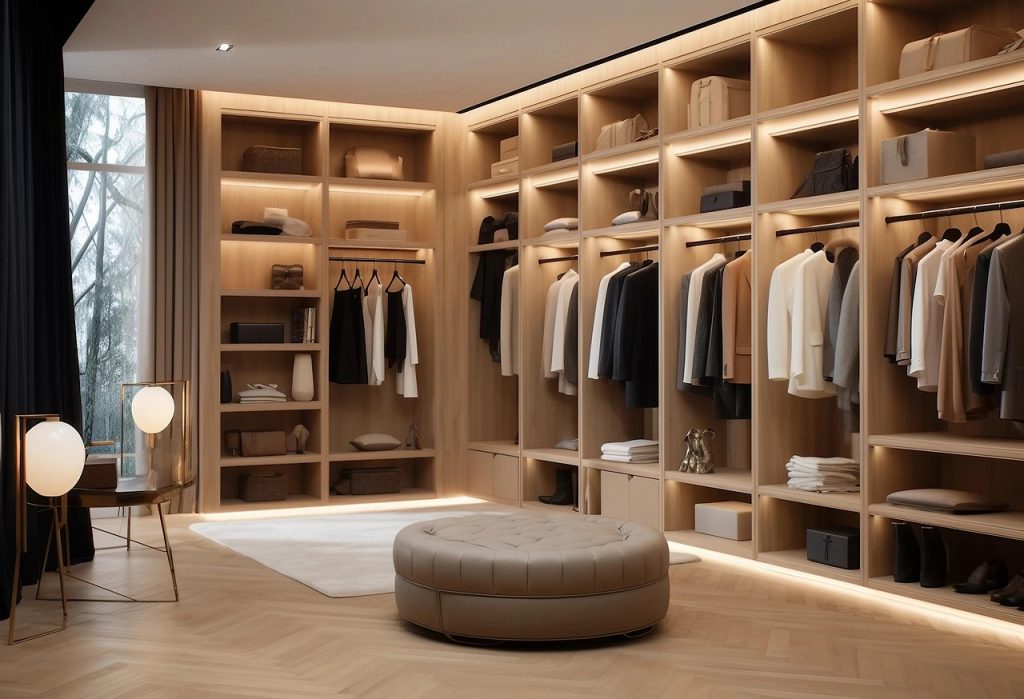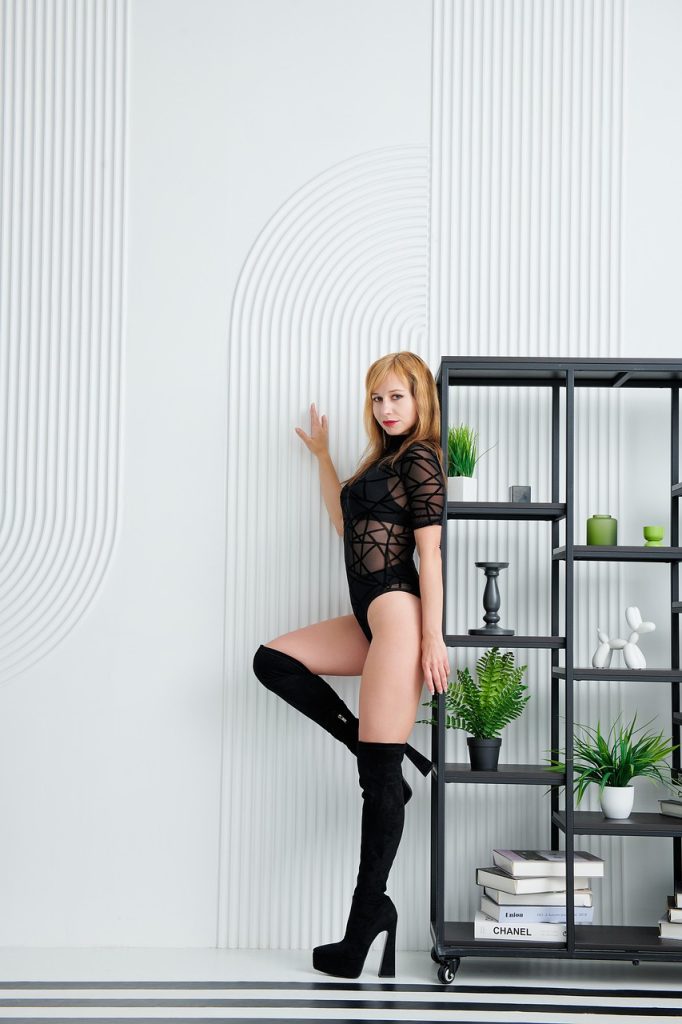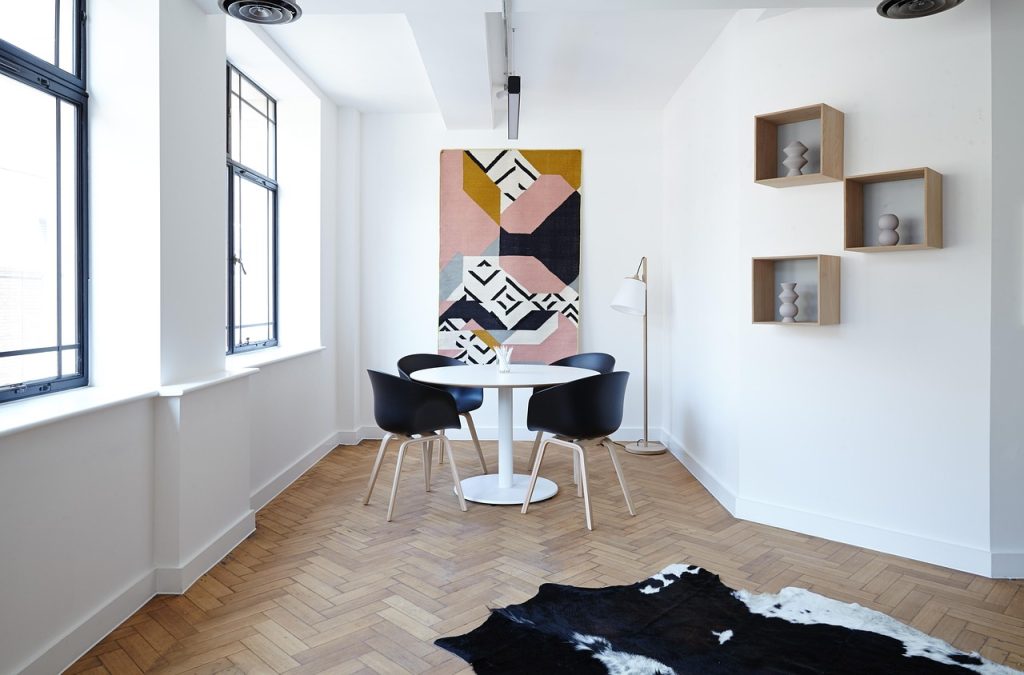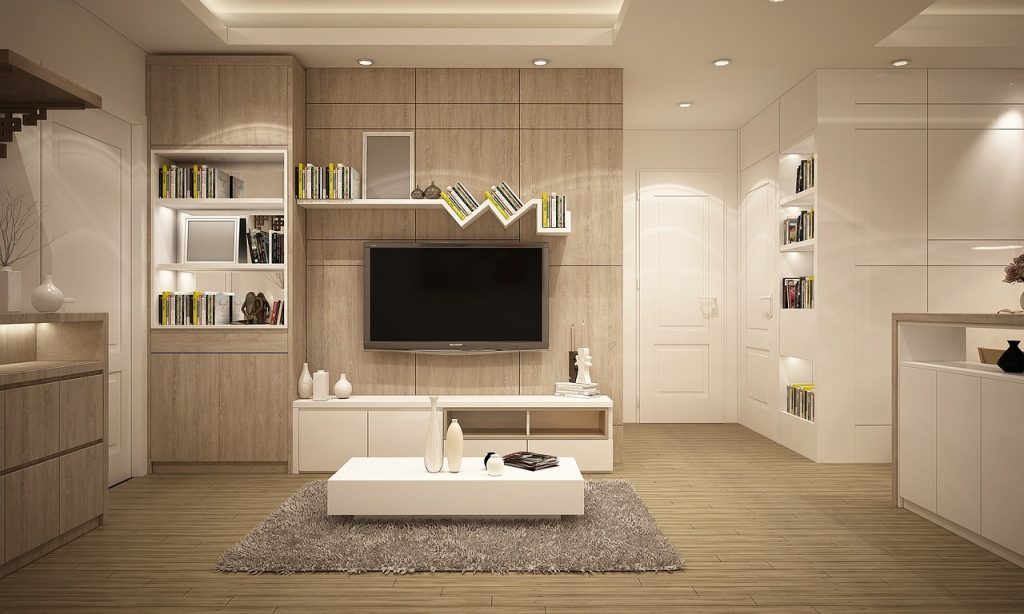Open shelves are one of the most loved design features in modern and classic interiors—and for good reason. They add charm, create visual interest, and give you a chance to display your personality. Whether it’s your kitchen, living room, bedroom, or even bathroom, open shelving allows you to combine function and beauty in one simple design.
But here’s the truth: open shelves can look either effortlessly styled or messily cluttered. The key difference lies in how you arrange and balance the items on display. Styling open shelves isn’t just about placing pretty objects on a board—it’s about creating a story, a mood, and a rhythm in your space. It’s a blend of color, shape, texture, and function all working together.

In this post, we’ll show you exactly how to style open shelves like a pro, step by step. Whether you’re a beginner or someone looking to refresh your decor, these tips will help you create shelves that are not only Pinterest-worthy but also practical and personal. Let’s turn those blank shelves into something beautiful and functional!
1. Start with a Clean Slate
Before you begin styling, remove everything from your shelves. This gives you a fresh perspective and helps you avoid the habit of putting things back exactly where they were. Starting from scratch allows you to be intentional with what you display.
Wipe the shelves clean and take a moment to examine the space—look at the height, depth, color, and how it connects with the rest of the room. This will guide your choices as you begin to layer in new pieces.
2. Choose a Cohesive Color Palette
One of the most important parts of styling open shelves is sticking to a consistent color palette. Too many colors can make the shelves look chaotic. Pick 2–3 main colors and one or two accent shades that complement your room’s overall design.
For example, in a farmhouse-style kitchen, a palette of white, wood tones, and soft green creates a calming, cohesive look. In a modern space, black, white, and brass accents add a sleek finish. Keeping colors consistent ties everything together visually.
3. Mix Heights, Shapes, and Textures
Visual interest comes from variety. Mix tall and short items, round and square shapes, and different textures like glass, wood, metal, and ceramic. This helps your shelves feel layered and dynamic instead of flat or repetitive.
For instance, pair a tall vase with a small stack of books and a textured bowl. Add in a metal candle holder or a ceramic planter to bring in contrast. This layering makes the display look thoughtfully curated, not randomly placed.
4. Use the Rule of Thirds and Odd Numbers
Design professionals often use the rule of thirds and favor odd numbers when grouping objects. Why? Because our eyes are naturally drawn to asymmetry and movement. Groups of three or five items feel more balanced and visually appealing than even-numbered sets.

Try arranging objects in clusters of three: a framed photo, a small plant, and a decorative bowl. Vary their height and spacing slightly to create an organic, effortless look.
5. Stack Books Horizontally and Vertically
Books aren’t just for reading—they’re great styling tools. Use them to add height, ground smaller items, or introduce color and texture. Stack some books horizontally to create a base, and stand others vertically like a mini library section.
Choose books with attractive covers or spines that match your chosen palette. Avoid overcrowding—just a few well-placed books can make a big visual impact.
6. Add Greenery for Life and Color
Plants breathe life into any space, and shelves are no exception. A pop of greenery instantly brightens a shelf and adds an organic, natural element to balance out hard surfaces and structured objects.
Use trailing plants like pothos or string of pearls for cascading movement, or opt for small potted succulents or herbs for a fresher look. If you’re not into plant care, high-quality faux plants work just as well without the maintenance.
7. Include Personal Touches
Styling should always reflect your personality. Incorporate meaningful items like framed family photos, travel souvenirs, heirlooms, or handmade crafts. These pieces tell your story and make the space feel like you.
Balance these personal items with more neutral decor to avoid overwhelming the shelf. For example, one family photo in a beautiful frame alongside a neutral vase and a stack of books feels warm and curated.
8. Use Baskets and Containers for Hidden Storage
While open shelves are meant for display, you can still sneak in some storage. Use woven baskets, fabric bins, or decorative boxes to hold items you don’t want on full display—like mail, cords, or kitchen supplies.
Choose baskets in natural materials like rattan or jute for a cozy feel, or opt for sleek containers in your color palette for a cleaner look. These pieces keep your shelves tidy while adding texture and interest.
9. Leave Negative Space
One of the most common styling mistakes is overfilling shelves. While it might be tempting to fill every inch, leaving a little breathing room—known as negative space—is key to a clean, professional look.
Open areas between objects help your eyes rest and give each item room to shine. It also prevents the shelves from feeling too heavy or cluttered. Less truly is more when it comes to shelf styling.

10. Layer Items Thoughtfully
Pro stylists often layer objects to add depth. Don’t just line things up in a straight row—try placing a small item in front of a taller one, or leaning a framed photo behind a decorative object.
You can overlap books with a candle, or put a small sculpture in front of a framed art piece. These layers create a sense of movement and give your shelf a more dimensional, finished look.
11. Stick to Functional Decor in Kitchens and Bathrooms
When styling shelves in kitchens and bathrooms, it’s best to blend beauty with function. Display items you use often—like mugs, bowls, spices, or jars—in an organized, attractive way.
Group similar items together in matching containers or on trays. Use open shelves to keep daily essentials within reach, but dress them up with pretty labels, textures, and color-coordinated details.
12. Refresh with the Seasons
Shelves are easy to update, so why not change them with the seasons? In spring, add fresh flowers or pastel-colored pieces. In fall, incorporate warm-toned pottery, candles, and dried leaves. Winter calls for pinecones, fairy lights, or frosted glassware.
You don’t have to redo everything—just swap a few accents to match the season. This keeps your space feeling fresh and connected to the time of year.
13. Maintain Balance Across the Entire Shelf Unit
Look at your shelving unit as a whole, not just individual shelves. Distribute visual weight evenly across the space—if one side has a lot of tall or heavy objects, balance it out on the other side.
Step back and examine the overall look. Make sure colors, heights, and textures are spread out so one side doesn’t look too busy or too bare. Your goal is a balanced, harmonious display that draws the eye naturally from left to right and top to bottom.
14. Add Artwork or Framed Prints
Artwork doesn’t always have to go on the wall. Framed prints or paintings can look beautiful leaned against the back of a shelf. They add depth, color, and personality to your shelf styling.
Choose art that reflects your aesthetic—abstract pieces for a modern feel, botanical prints for a natural touch, or vintage art for something more classic. Mix frame sizes and styles for an eclectic yet cohesive look.

15. Don’t Be Afraid to Edit
Even professional designers don’t get it perfect on the first try. As you style your shelves, step back often and see how everything looks together. Move things around, take something away, or try a new combination.
If something feels off, it probably is. Don’t be afraid to edit until it feels just right. Shelf styling is an art form that takes patience, playfulness, and a good eye.
Conclusion
Styling open shelves like a pro is about more than just decoration—it’s about creating a space that reflects your personality, feels balanced, and brings you joy every time you see it. With a little creativity and the right approach, you can turn even the simplest shelves into stunning focal points in your home.
Remember to start with a clean slate, choose a cohesive color palette, mix textures and heights, and don’t overcrowd your shelves. Layer thoughtfully, add personal touches, and above all—have fun with it. Your shelves are a blank canvas waiting to showcase your style.
By using these simple tips and tricks, you’ll not only make your shelves look beautiful—you’ll make your entire room feel more pulled together. So go ahead, grab those books, vases, and plants, and start styling like a pro.
